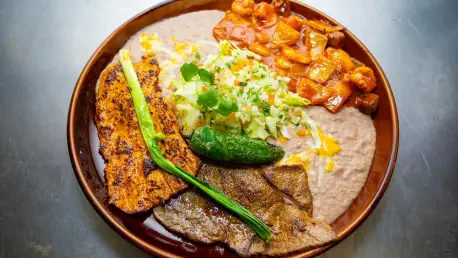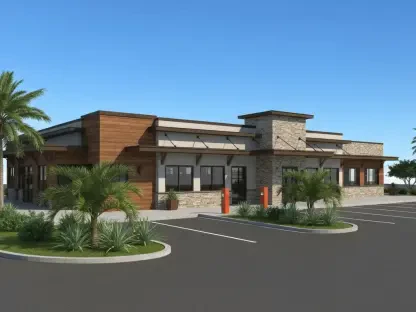As American diners increasingly favor dining experiences that meld cultural richness with culinary innovation, Pepper Lunch, a Japanese fast-casual dining brand, positions itself for substantial growth in the U.S. market. Known for serving premium meals on sizzling iron plates, Pepper Lunch is expanding into Texas and California, tapping into vibrant culinary hotspots like Dallas-Fort Worth and the Bay Area.
Context and Importance of This Market Analysis
The purpose of this analysis is to illuminate Pepper Lunch’s strategic growth trajectory, exploring its expansion into major U.S. markets and its potential impact on evolving dining preferences. With over 500 locations worldwide, Pepper Lunch continuously adapts to diverse culinary cultures by offering affordable yet premium meal experiences. Understanding these strategies is crucial for grasping current market dynamics and future trends within the fast-casual sector.
Detailed Examination of Expanding U.S. Market Trends
The collaboration between Pepper Lunch and PhilX Hospitality represents a critical strategy for penetrating the Texan market. This partnership facilitates the launch of five new locations across Dallas-Fort Worth, leveraging local expertise to craft dining experiences rich in Japanese culinary traditions. This move highlights a trend toward leveraging local operators with industry expertise, enhancing brand resonance within regional markets.
In California, Franchise Sales Director Paul Tran doubles his initial commitments by planning seven new Bay Area locations. This significant expansion mirrors a growing demand for interactive and unique dining experiences within the region. California diners seek culturally diverse, experiential meals, making Pepper Lunch’s innovative strategies a natural fit as they aim to cater to varied consumer preferences.
Both expansion strategies underscore an industry trend favoring quality-focused, engaging dining experiences. The emphasis on sizzling plate presentations aligns with the shift toward culinary innovation and interactive dining, capturing consumer interest in markets like Texas and California. These strategies address the challenges posed by market saturation in the fast-casual sector, ensuring Pepper Lunch maintains a competitive edge.
Reflecting on Strategic Insights and Recommendations for Future Growth
Overall, Pepper Lunch successfully expanded its footprint in the U.S. market by committing to strategic partnerships and regional adaptations. By focusing on experienced franchise operators, the brand ensures the integration of cultural resonance and dining efficiencies, aligning with shifting consumer preferences toward experiential quality.
Future considerations include embracing adaptive approaches to cater to diverse U.S. consumer bases, integrating innovative service models, and addressing potential regulatory impacts on franchise operations. Pepper Lunch’s strategies provide valuable insights, inviting other industry participants to explore the fusion of cultural richness and culinary innovation, fostering enriched dining experiences within major American markets.
In conclusion, Pepper Lunch’s strategic foresight highlighted the transformative nature of globalization in the culinary landscape. The expansion in Texas and California offers a blueprint for other businesses seeking growth through culturally enriched dining experiences, creating opportunities for not just culinary expansion but also enhancing the overall dining experience.









